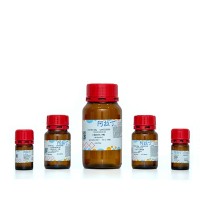In order to restore or to introduce a gene function integrating viral vector systems are used to genetically modify hematopoietic stem cells. The occurrence of immortalized cell clones after transduction in vitro (Blood 106:3932–3939, 2005) and clonal dominance as well as leukemia in preclinical (Nat. Med. 12:401– 409, 2006; Blood 106:2530–2533, 2005; Science 308:1171–1174, 2005; Science 296:497, 2002; Blood 107:3865–3867, 2006) and clinical (Nat. Med. 12:401–409, 2006; Science 302:415–419, 2003; J. Clin. Invest. 118:3143–3150, 2008) gene therapy trials revealed that the nondirected integration of a vector may be associated with serious side effects. By means of the linear amplification-mediated PCR (LAM-PCR) (Blood 100:2737–2743, 2002; Nat. Methods 4:1051–1057, 2007) it is possible to identify miscellaneous vector-genome junctions in one sample, each unique for one integration clone down to the single cell level. Thus this method allows to determine the clonality of a genetically modified hematopoietic repopulation as well as to sequence the vector integration sites and therefore to analyze the integration site distribution and the influence of the vector integration site on the cell fate. The recognition of the integration site sequence corresponding to a specific clone allows the tracking of an individual clone in various samples.






